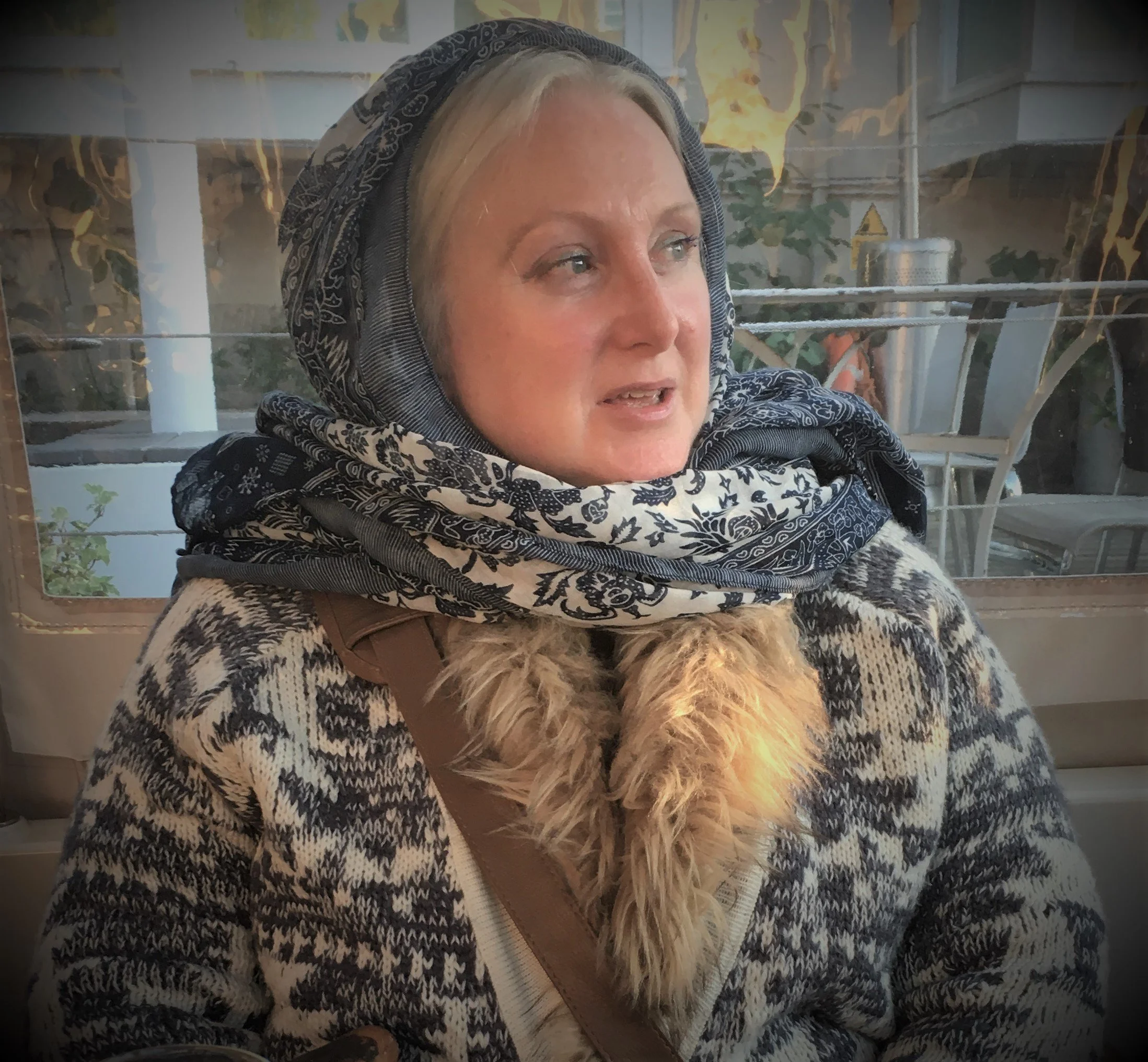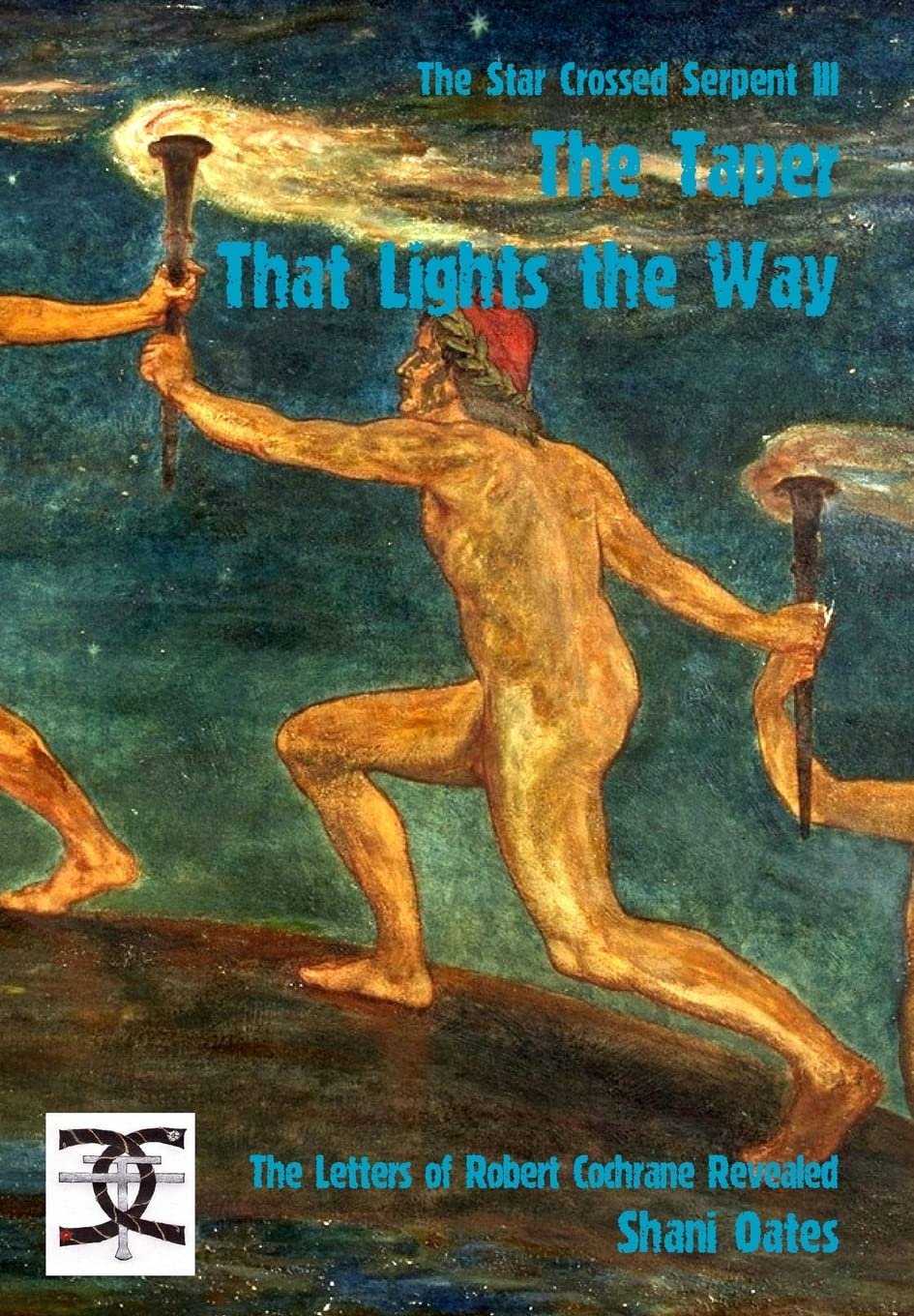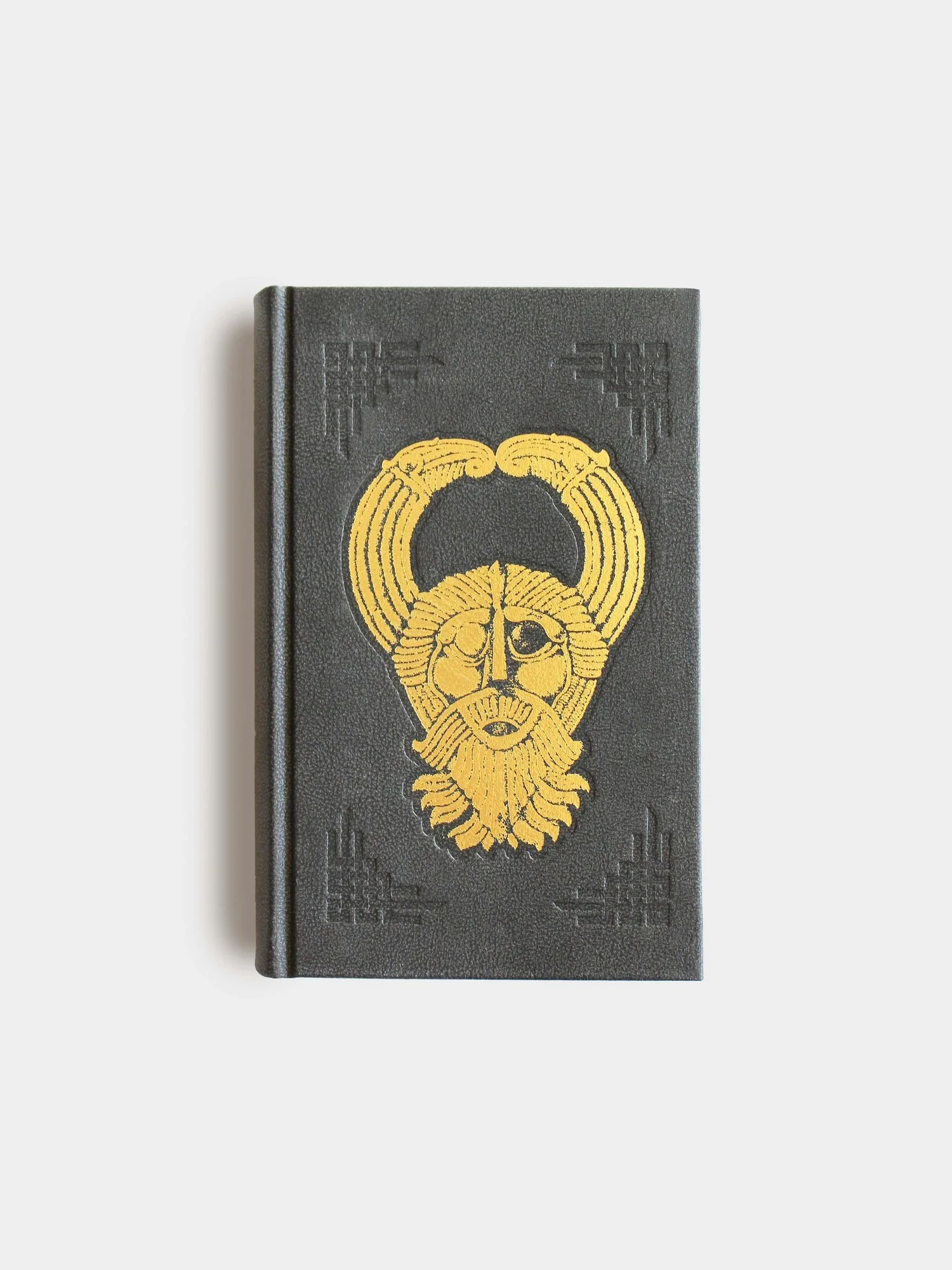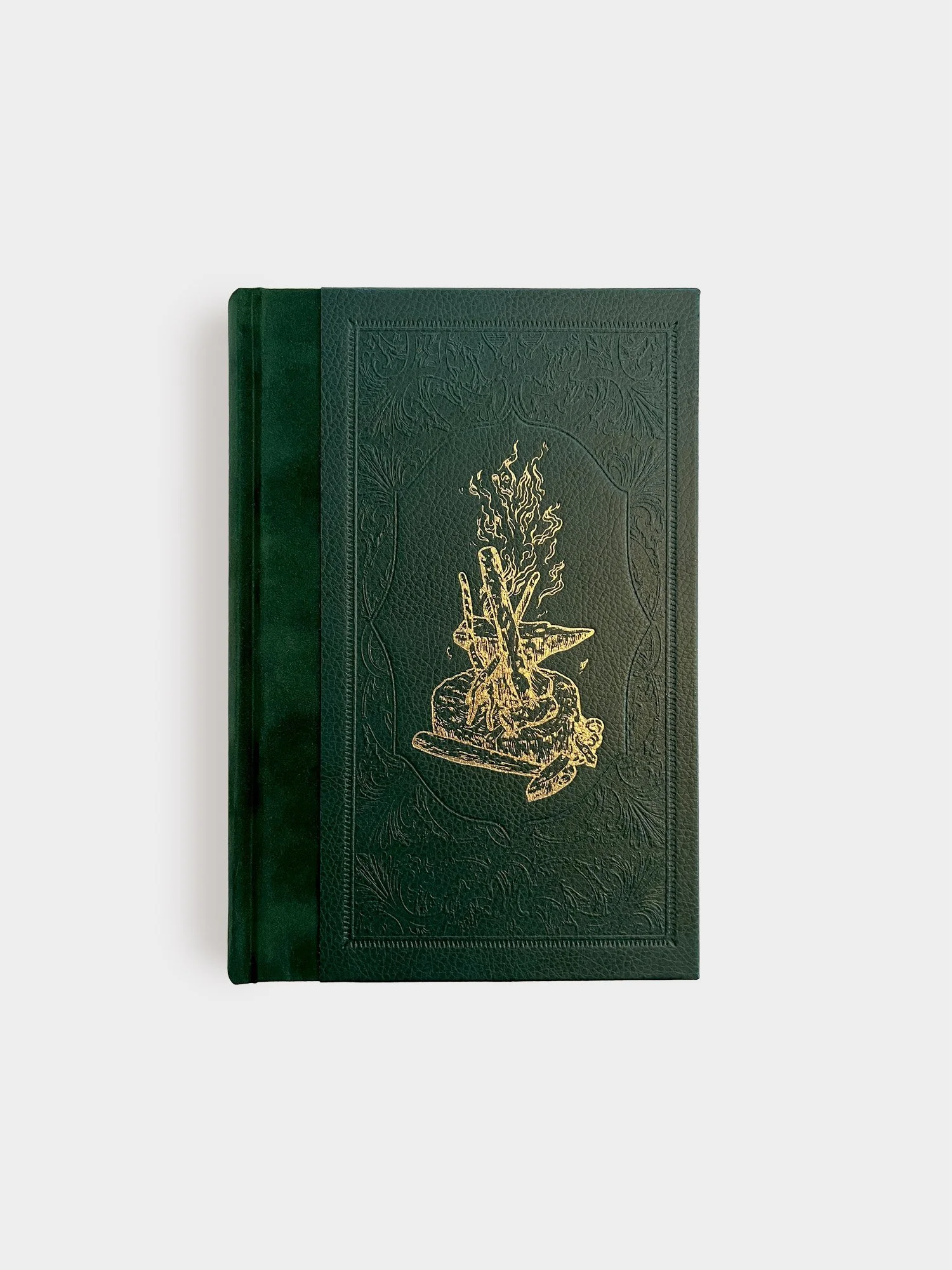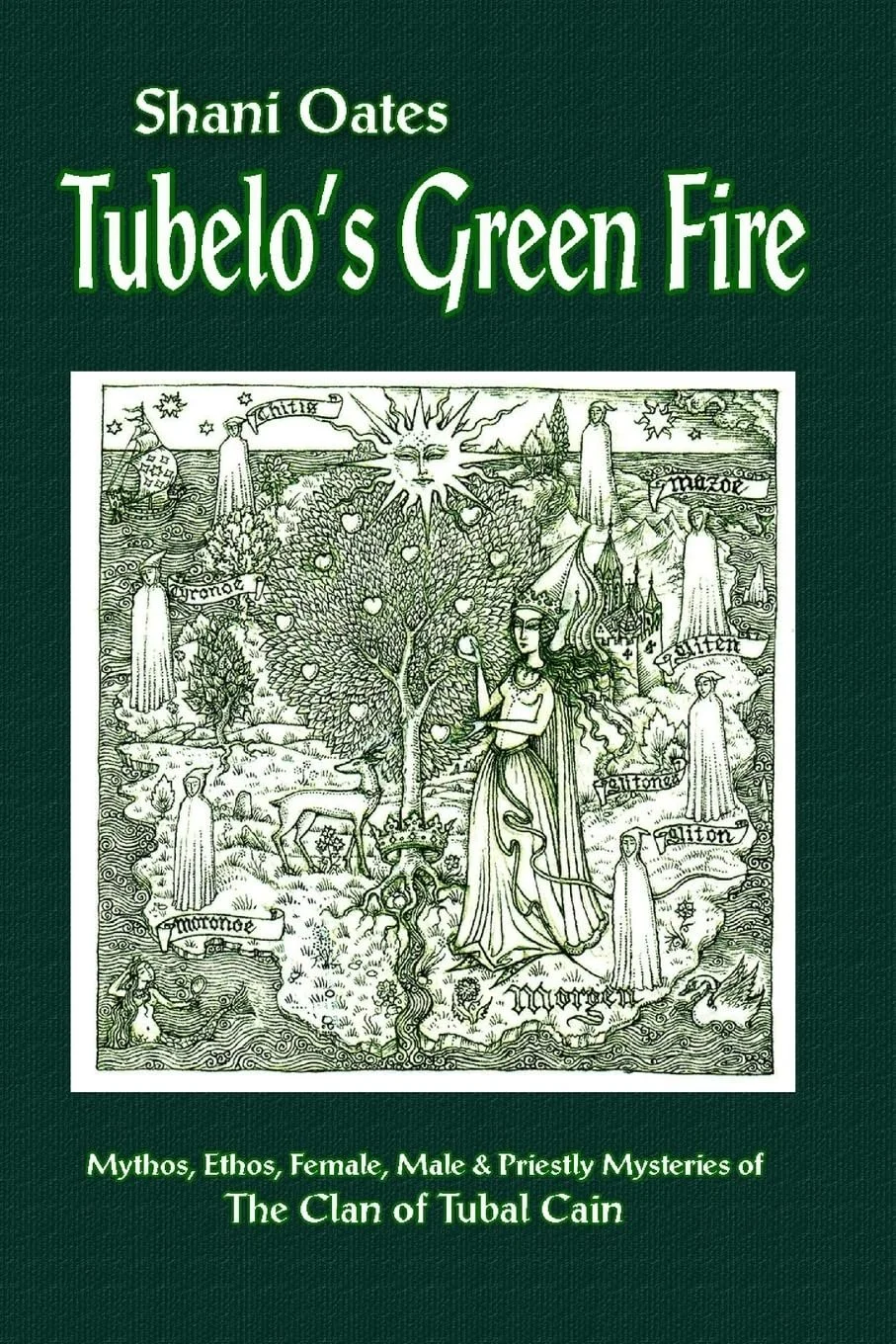In Conversation with Shani Oates
Shani Oates is a Traditional Craft practitioner, a writer, lecturer, independent researcher and student of world spiritual traditions. Her work has been published in countless outlets across the occult and magical milieu. Shani’s writing has been featured in works published by houses such as Mandrake of Oxford and Anathema Publishing, as well as numerous periodicals and anthologies concerned with folklore, traditional craft lifeways, and magical practice. In respect to her spiritual heritage, Shani bears the torch of the People of Goda, the Clan of Tubal-Cain, as Matriarch and Maid of the Clan. A tremendous deal of Shani’s writing emerges from this heritage.
OL: Hello Shani and thank you for taking the time to speak with us today. We are looking forward to your insights. Shani, your writing voice is distinct. It serves as a potent means of transmitting your experiences. Thinking back to your earliest forays with writing, what do you feel best helped develop this voice, particularly regarding magical and craft practice?
SO: Hi, that is a very interesting question, and the first time I have been asked this. Mmm, Having an excellent local library with learned staff on hand, was certainly a contributing factor. Reading widely around a subject is essential for a no-biased viewpoint. It avoids narrow-minded, blinkered views that often become entrenched, rigid, inflexible.
Undoubtedly though, I would have to credit my maternal grandmother and my paternal grandfather with that precious gift, it was their encouragement and support as a child that gave me the confidence to indulge my enquiring mind. Their firm direction and enthusiasm steered me ever forwards. Their knowledge and personal experiences fueled the pursuit of my own. They gave me a love of culture, custom and lore, instilling in me the imperative of heritage – of the real history of a liminal life.
But I also feel I owe much to some very good lecturers at secondary school and then later at university, whose patience with my endless questions and probings into the why’s and wherefore’s of everything, provided the impetus all intrepid pilgrims need on this arduous and often thorny road.
Having the freedom from childhood to follow intuitively the curious world of the occult, is significant too; without that license, my own ventures and exploits would never have occurred. Trusting that process, building a rapport with the ‘Other’, opens up another world entirely, where answers in turn then open up ever increasing lines of enquiry.
Cover of Shani Oates’ 2016 book The Taper That Lights The Way: The Letters of Robert Cochrane Revealed. Mandrake Oxford.
OL: You often draw upon a language which situates you as a spiritual ‘pilgrim.’ Indeed, much of your work aids in expressing, preserving, and nurturing your own spiritual tradition within the Clan of Tubal-Cain. Do you find, at least in the public eye, that written forms are the most effective way of carrying out the activities described above? Have you met any challenges in this way?
SO: Life itself is a challenge, There are always challenges, no matter the path taken. There are many actions, and countless consequences. Choosing is challenging. For instance, CTC could have chosen to be more open, less discreet, more accessible, less exclusive. Each option has its challenges.
Given the choices we have made, I do feel that writing reaches more people than we could ever hope to in any other way, and certainly in so doing, it has allowed us to preserve the mysteries for those who chose to have them revealed to them in real time. Not everything can be explained, nor should we attempt to do so. Some feel disposed to drift into the realms of fantasy in order to create a more exciting vision of the occult. This is unnecessary. It speaks for itself, if we are quiet enough to listen.
Cover of the paperback edition of Shani Oates’ 2016 book Crafting the Arte of Tradition. Anathema Publishing.
OL: Shani, during the past decade or so, you have entered a fruitful and unique relationship with Anathema Publishing. This relationship has, by all accounts, remained consistent. What is the genesis of your work with Anathema, and what sustains this ongoing relationship?
SO: I would say we share a profound esoteric vision for the craft. We love our arte. We are driven by the same goals and desire to bring the esoteric and aesthetic elements of that arte together. We are close friends and remarkably compatible colleagues. Gabriel is a truly remarkable person, his passion commands respect.
OL: Speaking of Anathema Publishing, your expansive trilogy concerning the shamanic, mythic, social, and visionary dimensions of Óðinn is a tremendous accomplishment. This work – which you clearly distinguish from mere introductory material – stands in contrast to your work dealing specifically with the Craft, and the Clan of Tubal-Cain. Do you see this work as completely singular regarding your body of work entire? Are there, nonetheless, ties to such Craft material that you wish to emphasize?
SO: Thank you for your kind words regarding my work, feedback and discussions relating to it, are always welcome and much appreciated. The Odinn trilogy you refer to and indeed the whole of The Northern Otherworld Series, will I hope, be my Magnum Opus, though I do not see it as singular, these are of course scholarly. Nonetheless, the series is very much a pilgrimage through a spiritual, social and political history within which our culture and all its attendant folklore, customs and magical beliefs originated and developed from.
My pursuit of that route is the Heritage of CTC. They are inexorably intertwined. That story is our story, a story of and for northern peoples. Certain truths discovered along the way were essential to understanding CTC, its past and future, and my role and purpose in that. So while my other books have focused on the works of Robert Cochrane, and of the praxes of our tradition, the cosmology and philosophies that inform its mysteries are founded in that cumulative, eclectic and evolving history.
Magical traditions did not sprout wholesale in the middle of the 20th century however, and though almost all of them looked eastwards for its inspiration and origins, CTC looked northwards. This has paradoxically meant that we have not excluded influences gleaned from Christian sources, as Cochrane said, we have more in common with Christianity than paganism. If anything, I would like to emphasise that. The northern perspective of Christianity is very, very different to that typically held in the west.
Cover of the Collector’s Edition of Shani Oates’ 2022 book The Search for Óðinn: From Pontic Steppe to Sutton Hoo. Anathema Publishing.
OL: Your upcoming work with Anathema, entitled Tubelo’s Forge: A Gramarye of Robert Cochrane’s Early Years, is written in part to dispel misunderstandings and falsehoods surrounding Robert Cochrane, and to clarify his legacy and the heritage of the Clan of Tubal-Cain. How will this work differ from similar written efforts which you’ve been able to offer up?
Cover of Shani Oates’ forthcoming work Tubelo’s Forge: A Gramarye of Robert Cochrane’s Early Years. Anathema Publishing.
SO: As noted above, several of my books have broached the CTC tradition itself, primarily with the aim to correct the disinformation produced almost daily online. My books are essential reading for anyone even remotely interested in Robert Cochrane and CTC, and who wish to give them more than a passing lip-service. They are written to inform and to guide with the surety they are receiving the right knowledge, shared from the inside of that tradition.
Tubal’s Mill, especially, exposes the nonsenses and fantasists for who and what they are. It is a difficult read in places, uncomfortable for some without doubt. But it does cover the trials and tribulations CTC have faced-down since the 60s, sharing considerable information about the people involved. Conversely, the Star-Crossed Serpent Series (I-IV), explains in depth, the actual meaning behind the enigmatic commentary found throughout RC’s own writings. His letters and articles are herein published for the first time,completely and chronologically, as many were missing or false copies in previous publications. Collectively, they do clarify RC’s legacy and the heritage of CTC.
The People of Goda offers insights into Clan Cosmology, written originally for Clan Inductees. Crafting the Arte of Tradition was a deeply personal journey, a record of my own experiences in the craft and how I have formulated and understood those experiences on a transpersonal level relative to the ethos and mythos of CTC. The Arcane Veil tackled research into the magical and folkloric elements of our tradition as referred to, or hinted at throughout Cochrane’s letters. This work also offers tremendous insights into the core of CTC. Everything I have written connects the dots, enfleshes that core, develops themes, offers clues and gifts key knowledge that builds a singularly authentic profile of CTC and RC. The Real World Arte of Cunning Craft and Paean to Hekate provide vital (historical and experimental) context for the praxes of CTC.
Beginning with my first published book, Tubelos Green Fire, which was a journey through allegory and mythopoesis, these works in between have led me back to the beginning, to where RC began his journey, to where he was tentatively putting it all together. Hence Tubelo’s Forge is a sequel, yet also a prequel to Tubelo’s Green Fire. Cochrane’s early rites and notions explored in Tubelo’s Forge show the founding steps we have built on, revealing RC’s thought processes along the way, what inspired him, what he rejected, what he experimented with, favoured, etc. Because the misinformation and cosmology relating to RC and CTC has been dealt with elsewhere, Tubelo’s Forge can simply be a gramarye — the first and only book dedicated to the early (and original) rites and rituals of CTC.
Cover of Shani Oates’ 2010 book Tubelo's Green Fire: Mythos, Ethos, Female, Male and Priestly Mysteries of The Clan of Tubal Cain. Mandrake Oxford.
OL: As an ending note, have any recent works within either the occult, or larger spiritual, publishing sphere struck or moved you in terms of their scholarship, breadth, or quality of expression?
SO: Oh my, there are so many, too numerous to name here. All those that tend to impress or inspire me are avidly plumbed and referenced in my own works. If I had to select three of the more recent book I have read, I would suggest: Witchcraft and Magic in the Nordic Middle Ages (The Middle Ages Series) Paperback – 2013, by Stephen A. Mitchell; Faith and Magic in Early Modern Finland (Palgrave) by Raisa Maria Toivo; Witches of the North: Scotland and Finnmark (Studies i…) by Liv Helene Willumsen.
OL: Shani, thank you for your time and thoughts today. We are grateful for your contribution. Best of luck with your forthcoming publication, and continued work.
SO: Many thanks and likewise. fff

